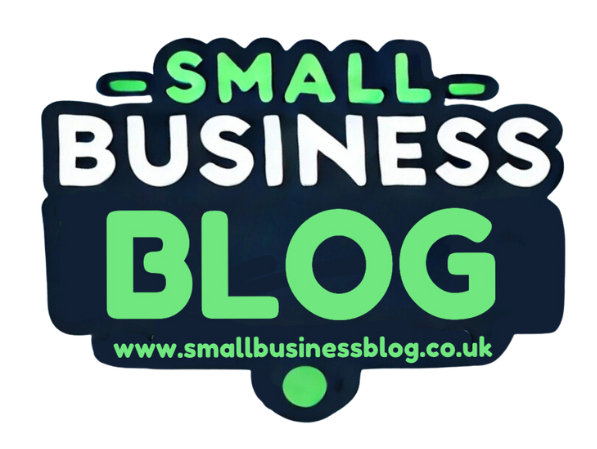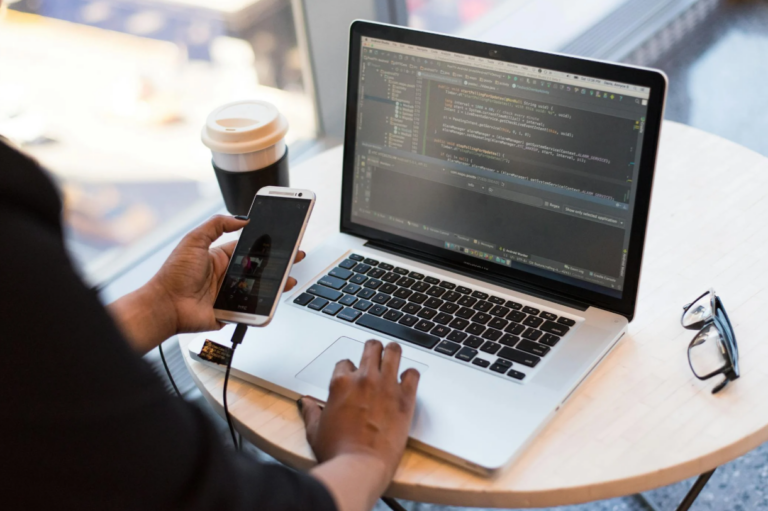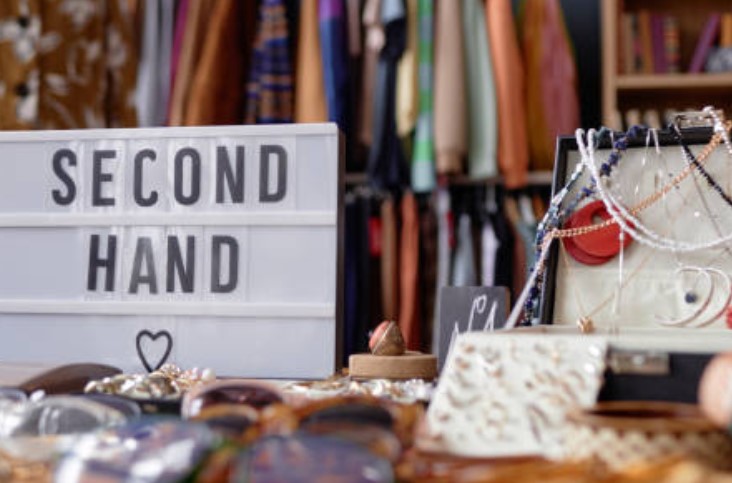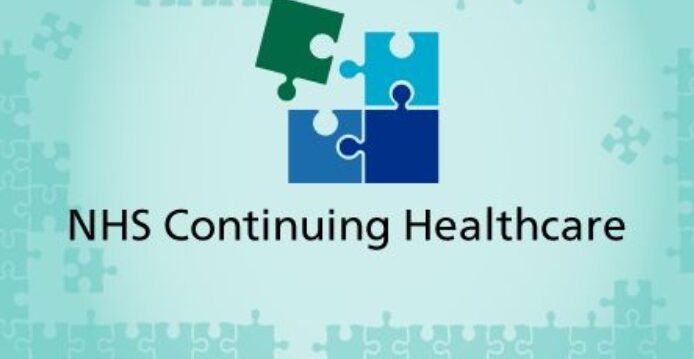Best Practices for Managing Multiple Marketing Accounts Securely
Businesses can expand their reach and accelerate growth by managing various digital marketing accounts, such as advertising dashboards, email marketing tools, and social media platforms.
However, if these accounts aren’t managed securely, they could be subject to account takeover attacks. This could result in data breaches, monetary losses, and brand reputation harm.
Protecting your digital assets should be your first concern, regardless of whether you’re a small business with an expanding marketing team or a solopreneur juggling multiple platforms.
This article looks at some of the top industry practices. We’ll cover ways to prevent account takeovers and keep accounts secure.
Why is Account Security Important?
According to a report, 83% of companies have faced at least one account takeover in recent years.
Marketing accounts often contain sensitive information, such as customer contact lists, ad budgets, campaign report cards, etc. When an unauthorised hacker gains access, they can:
- Steal customers’ data
- Make unauthorised ads on your credit card
- Damage your brand’s online reputation
- Send phishing links to your followers or mailing list
Recovery from a breach costs money and time. That’s why prevention is key.
The Risks of Poor Account Security
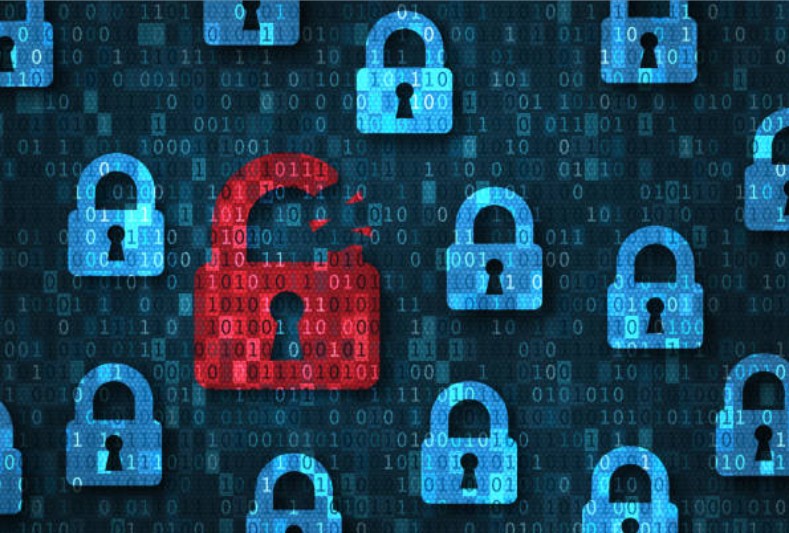
Without adequate security, having numerous accounts can quickly become chaotic and risky. Some common errors include:
- Using the same password on multiple platforms
- Sharing login credentials insecurely with freelancers or employees
- Failing to remove old employees’ access
- Ignoring suspicious account activity
Each error can increase your risk of becoming a victim of account takeovers, where cybercriminals take over accounts.
Now that you know how crucial account security is, let’s learn how to manage multiple accounts effectively.
How to Manage Multiple Marketing Accounts: 5 Killer Tips
Managing multiple marketing accounts across platforms like Facebook, Instagram, and Google Ads is essential for running a successful business today. Don’t believe us, believe the stats:
- Over 200 million businesses, including small businesses, employ Facebook tools.
- 63% of companies have already increased their digital marketing budgets in the past few years. Moreover, 94% of small businesses intend to increase their marketing budgets.
Having that kind of access comes with a lot of responsibility. If you want to keep your accounts safe, you need to protect them from hackers and unauthorised users.
Let’s look at tips to boost your account security and prevent account takeovers.
1. Use Strong Passwords and a Password Manager
One of the most effective ways to secure your accounts is by creating strong, one-of-a-kind passwords. A solid password should:
- Be a minimum of 12 characters
- Have a blend of uppercase and lowercase letters, numbers, and symbols
- Avoid names, birthdays, or simple words such as “password123”
Nevertheless, we know how difficult it can be to remember different, complicated passwords for every account you have.
Password managers are useful in this situation. They let you securely store all your login details in one place and make it easier to manage your accounts.
Password managers can even generate secure, arbitrary passwords to save you from remembering them yourself. You can easily and securely access your accounts with just one master password.
2. Enable Multi-Factor Authentication (MFA)
Multi-factor authentication is a must for account security. It requires you to log in using two steps. 1) Something you have (like a one-time code generated by an app or sent to your phone) and 2) something you know (like your password). The second step will prevent hackers from accessing your account, even if your password is compromised.
Multi-factor authentication (MFA) is available on the most popular platforms like Google, Facebook, Mailchimp, and LinkedIn. It adds a massive layer of protection and only takes a few minutes to set up.
3. Use Security Tools to Monitor Account Activity
Locking your doors is not enough; you also need to look for unusual activity. Tools like NordStellar’s Account Takeover Prevention can be useful in this situation.
These programs assist in monitoring for odd activity, like logins from strange places, configuration modifications, or unidentified devices, and promptly notify you of it. If you recognise that something is wrong, you can stop the damage sooner.
4. Restrict User Access and Establish Permissions
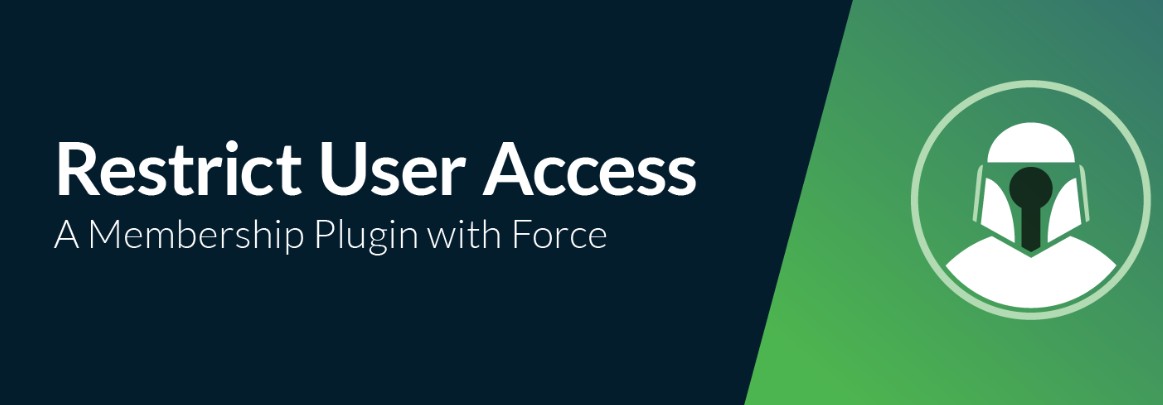
Giving each team member total authority over your marketing accounts is not necessary. Use role-based access to ensure you only grant people the permissions they require to perform their duties. Your social media manager, for example, might require posting privileges but not billing access.
Additionally, periodically review access, particularly when team members depart or take on new responsibilities. Tight permissions can stop unwanted actions and prevent unintentional changes.
5. Regularly Review and Update Security Settings
Account security isn’t a one-time fix. It’s an ongoing process. Every few months, take time to:
- Update passwords
- Check who has access
- Make sure MFA is turned on
- Remove outdated integrations or apps
Security features and threats change constantly. Therefore, it’s best to stay proactive to protect your accounts.
What to Do If Your Account Gets Compromised?
No matter how careful you are, breaches can still happen. If you suspect one of your marketing accounts has been compromised, the most important thing is to act quickly to minimise damage.
- Change your password immediately: The first step is to lock out the attacker. Change the password on the affected account right away. Make sure the new password is strong and unique.
- Revoke suspicious sessions or devices: Most platforms, such as Facebook, Google, or Mailchimp, let you see which devices are currently logged in. If you notice anything unusual, such as logins from unfamiliar locations or devices, log them out and revoke their access.
- Contact the platform’s Support team: Alert the service provider about the breach. They may help restore your account, reverse unauthorised changes, or track the source of the breach.
- Notify your audience (if necessary): If customer data might have been exposed, transparency is essential. Let your audience know what occurred, what you’re doing in response, and what they need to do (e.g., delete questionable emails, reset passwords, etc.).
- Review all connected accounts: A compromised account could be just the beginning. Check any accounts connected to the breached platform, especially if they use the same login or password. Make sure to secure those accounts, too.
- Have a response plan: The key is preparation. To ensure that you and your team know exactly what to do in the event of a breach, draft an incident response plan. The sooner you take action, the less damage an attacker can cause.
Conclusion
You now realise that managing multiple marketing accounts safely need not be too challenging. Stick to best practices to keep your accounts safe. This includes giving access only when needed, watching for unusual activity, turning on MFA, and using strong passwords.
By doing this, you can significantly reduce the likelihood of a breach. Consider tools like NordStellar’s Account Takeover Prevention for extra protection. They spot threats early and stop them before they cause serious trouble.
Thus, continue to be proactive, stay safe, and maintain the effectiveness of your marketing operations.
